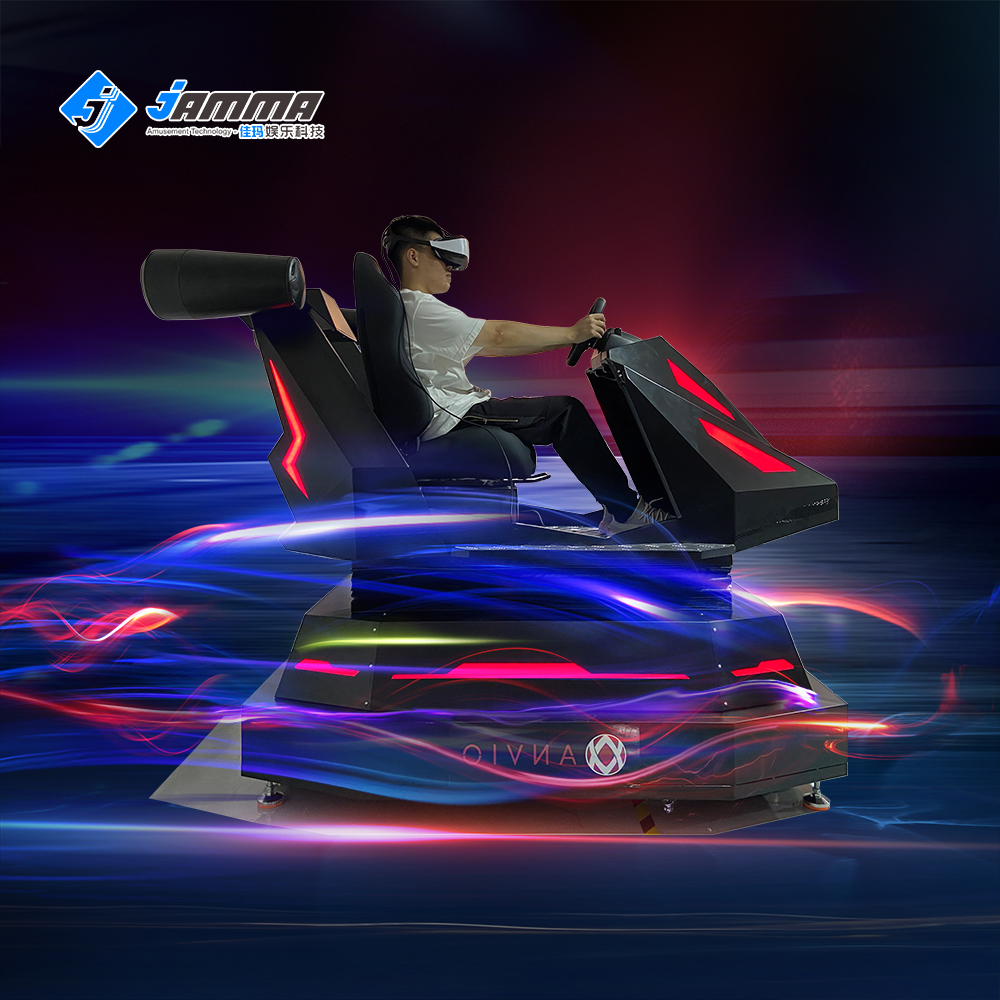Buckle Up for the Future: VR Racing Simulation Games Take the Wheel
What is a VR Racing Simulation Game?
VR racing simulation games combine virtual reality technology with specialized hardware to create a realistic and immersive racing experience. Users wear VR headsets that project a 360-degree virtual environment, replicating the interior of a race car and the surrounding racetrack. Steering wheels, pedals, and other peripherals provide tactile feedback, further enhancing the sense of realism.
The Thrill of the VR Race: Applications in Amusement Parks and Beyond
VR racing simulators are finding applications in various settings, including:
- Amusement Parks: Amusement parks are incorporating VR racing simulators into their attractions, offering a thrilling alternative to traditional arcade games. Imagine visitors experiencing the exhilaration of high-speed racing on iconic racetracks around the world.
- E-Sports Arenas: VR racing simulators are becoming popular in e-sports arenas, creating a competitive and immersive experience for professional and amateur racers alike. Competitors can race against each other in virtual leagues and tournaments.
- Showrooms and Brand Activations: Car manufacturers are utilizing VR racing simulators to showcase their latest models in a captivating and interactive way. Potential customers can experience the thrill of driving a new car before stepping into the real dealership.
- Home Entertainment: VR racing simulators are evolving into a popular home entertainment option. Enthusiasts can invest in personal VR systems and dedicated racing seats, bringing the racetrack experience into their living rooms.

Choosing the Right VR Racing Simulator Software System
With a growing number of VR software developers, selecting the right system for your needs is crucial. Here are some factors to consider:
- Game Selection: The software should offer a diverse range of racing experiences, from classic formula one tracks to off-road challenges. Consider the target audience and desired racing styles.
- Customization Options: Look for software that allows customization of the virtual environment, car selection, and difficulty levels. This enables owners to tailor the experience to suit different skill levels and preferences.
- Multiplayer Functionality: Does the software support multiplayer games? This feature is essential for e-sports arenas and adds a competitive element that can increase user engagement.
- Technical Compatibility: Ensure the software is compatible with your existing VR hardware, including the headset, steering wheel, and pedals.
Suitable Scenarios for VR Racing Game Applications
The applications for VR racing games extend beyond the previously mentioned examples:
- Professional Driver Training: VR simulators can be used for professional driver training, allowing drivers to practice emergency maneuvers and different track conditions in a safe and controlled virtual environment.
- Physical Rehabilitation: VR racing simulations are being explored in physical rehabilitation programs, offering a motivating and engaging way for patients to improve motor skills and coordination.
- Product Development: Car manufacturers can utilize VR racing simulators during the development process, allowing them to test car designs and driving dynamics in a virtual environment.


The Cost of VR Racing Simulation Games
The cost of VR racing simulation games varies depending on the level of sophistication. Basic home racing setups with a VR headset and a steering wheel can start in the mid-range four-digit figure range. High-end simulators used in commercial settings can reach the high-end five-digit figure range.
Do I need a special seat for VR racing games?
While not essential, dedicated racing seats with force feedback capabilities enhance the realism of the VR racing experience. These seats react to in-game events, simulating the G-forces experienced during acceleration, braking, and cornering.

